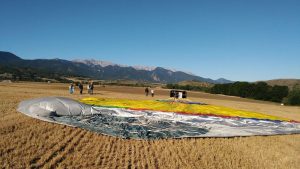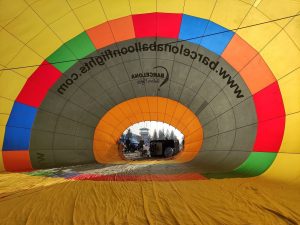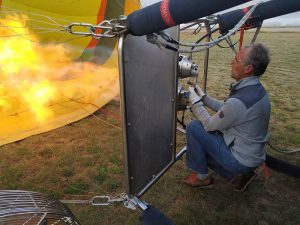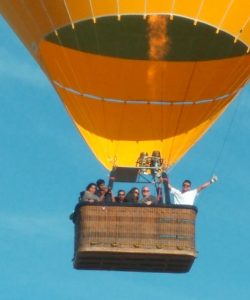Hot Air Balloon Fascinate people since their existence. Its concept of “lighter-than-air” is unique and consists of a bag called “envelope” that contains hot air which ultimately lifts up the Balloon. A Basket is hanging beneath the envelope, and it carries the passengers of the balloon and a source (a flame and the gas cylinders) that generates the heat.
But who invented the hot air balloon?
The French had an impact in the hot air balloon history. The hot air balloon was invented by Jean-François Pilâtre de Rozier and François Laurent d’Arlandes on November 21, 1783, in Paris, France. In the very past, they called the hot air balloons thermal airships.
On the picture below you can see the different parts of the Hot Air Balloon.
So how does the hot air balloon work?
Well, the principle is straightforward. The Balloon stay buoyant, as the air inside the balloon is hot and has a Lower density than the air around the envelope.
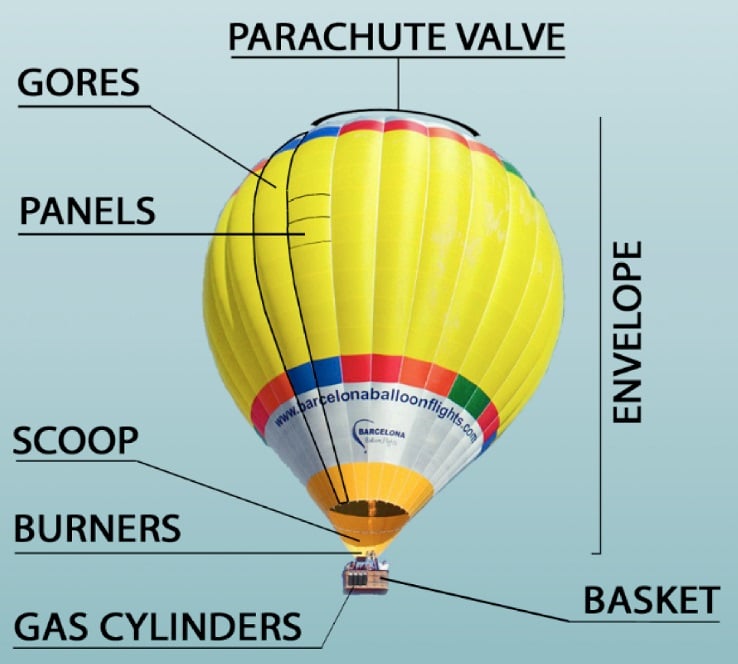
What are the most important parts of a hot air Balloon?
- Parachute Valve
- Gores
- Panels
- Scoop
- Burners
- Gas Cylinders
- Basket
- Envelope
How does the balloon get prepared?
The balloon or more precisely the “envelope” is safely packed in a back and stored. The basket, gas cylinders and burners are pulled from the transport together with the scoop and placed on the airfield.
The envelope will be laid out flat on the ground and slowly filled up with gas and the burners.
Once the balloon is filled up with hot air and ready to go the crew will prepare the last attachments to perform checks. The passengers can now board the basket and receive some instructions from the pilot.
Once the pilot is ready for take-off, he’ll start to put even more hot air into the balloon to increase the volume of the envelope, which makes the balloon ultimately take-off.
